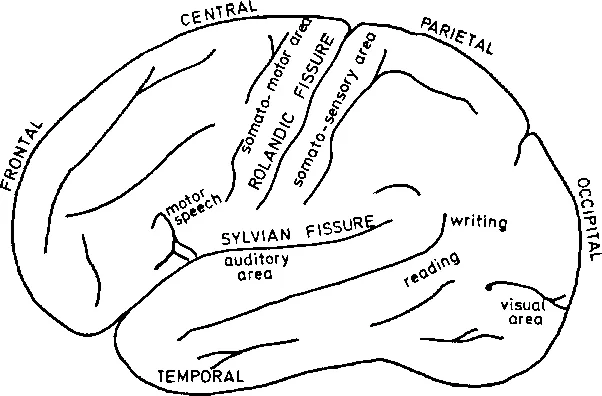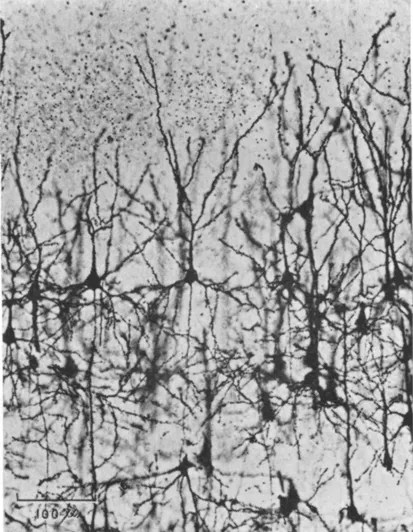1.1 HISTORICAL INTRODUCTION
In 1875 Richard Caton, a British physiologist, reported that: ‘Feeble currents of varying direction pass through the multiplier when electrodes are placed on two points of the external surface [of the brain], or one electrode on the grey matter, and one on the surface of the skull.’ Caton was investigating the electrical activity of the brains of cats, monkeys and rabbits using non-polarizable cortical electrodes connected to a galvanometer with optical magnification.
In the years that followed, several workers, some not knowing of Caton’s observations, investigated the electroencephalogram (EEG) of animals and showed changes of spontaneous activity and evoked responses to external stimuli. Considering the equipment available and the knowledge of electricity at that time, the experiments performed were of the highest order and can still be studied with profit. Caton, in 1887, worked with unanaesthetized unrestrained animals with light insulated wires, suspended from an overhead support, connecting the electrodes to the galvanometer. In 1890 Beck, in Poland, used non-polarizable electrodes and backed off the standing potentials with a Daniel cell and rheostat in one side of the galvanometer—no a.c. coupling here! In 1876 Danilevskey, in Kharkov, showed a change of the standing potential of the cortex in response to acoustic stimuli. The development in the 1930s of valve amplifiers with a.c. coupling undoubtedly impeded further study of the changes in steady potentials which the earlier workers had investigated so successfully. Only recently has this interesting aspect of the electrical activity of the brain been re-investigated.
In 1914 Cybulski recorded an epileptic seizure caused by cortical stimulation in a dog. Kaufmann, doing similar experiments in 1910, commented on the great difficulty he had in maintaining electrode contact during the seizure—a not uncommon complaint today! For a full account of these early experiments and scientists the reader is referred to Brazier (1961).
All the early work was done on animals and it was not until 1929 that Hans Berger published the first report of the electroencephalogram of man. Berger, a psychiatrist, working almost in isolation in Jena, had been investigating the EEG for a number of years. He used many different types of electrodes driving string or double coil galvanometers. One of the main reasons for his success, apart from his almost obsessive tenacity, was his working relationship with the neurosurgeons who provided him with patients in whom pieces of skull had been removed. This enabled him to get zinc plated needle electrodes into the epidural tissue very close to the surface of cortex. Although Berger published his first observations in 1929 with one or more papers in each subsequent year until 1938, many of them were ignored until Adrian and Matthews repeated the scalp investigations and published in 1934. Berger’s fourteen reports, with one correction in 1937 in which he reports an error due to 50 Hz mains interference, have been beautifully translated from the German by Gloor (1969). These show the depth of Berger’s work in which polygraphic recordings and evoked responses were studied in 1930, the relative merits of unipolar and bipolar recordings discussed in 1935 and frequency analysis described in 1936!
In much of the early work photography was used to record the deflections of the galvanometer light beam, but this was expensive; many workers had to read off the scale at regular intervals, and then plot the activity. In the 1930s, when the galvanometer was replaced by valve amplifiers with a.c. coupling, the activity was displayed on cathode-ray oscilloscopes and photographed. Pen writers were available in the 1940s and made it possible to have an immediate permanent record. The other great technical advance at this time was the use of the differential amplifier which eliminated much of the interference from external sources (Parr and Walter, 1943).
Since 1940 there has been little change of basic technique; most of the technical effort has been devoted to the construction of reliable multichannel recorders. A return to d.c. recording was achieved in the 1950s using transistor chopper amplifiers, but electrodes still presented a serious limitation to the stability that could be attained. This problem remains with us today (Chapter 2).


